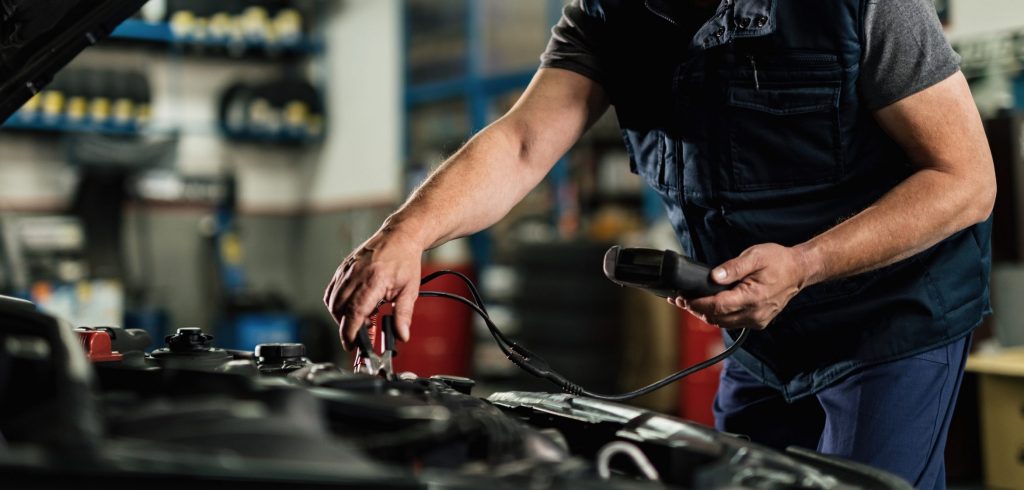Winter Car Care: Tips For Battery Maintenance (PDF)
Modern vehicles have more electrical demands than older ones. If your battery isn’t in good condition, it can’t keep up with them effectively. The battery’s primary function is to supply a steady stream of electricity to the car’s accessories and starter motor. Basically, it works as the vehicle’s power source when you turn the key. It’s no secret that summer heat can cause a lot of damage to a battery, but winter chill is also hard on batteries. Cold temperatures make it difficult for battery fluid to flow, meaning the battery has to work twice as hard in cold weather as it would in other climates.
How to identify that your battery is dying
- You feel the engine click, but the car doesn’t start;
- The Interior and headlights are dimming;
- The engine takes longer to start;
Tips for battery maintenance
- Before first starting your vehicle from time to time, always make sure to check the battery terminals for any corrosion or damage. If present, clean it off for a secure connection.
- Merely sprinkle baking soda over the area and use water to activate the carbonation. The reaction will create effervescent bubbles, which will dislodge any corrosion or buildup.
- If you notice any leakage from your battery, have it inspected to keep things running smoothly.
- When you leave your vehicle, be sure to turn off all accessories.
- To make sure your car’s battery doesn’t discharge during the winter, drive for an extended period of time to ensure that the alternator can charge the battery.
If you notice any of the above signs that your battery is running out, look for a professional who can guide you to the best way to solve the problem. Have a check-up regularly, avoiding that your battery won’t die on you when you’re going from place to place.







